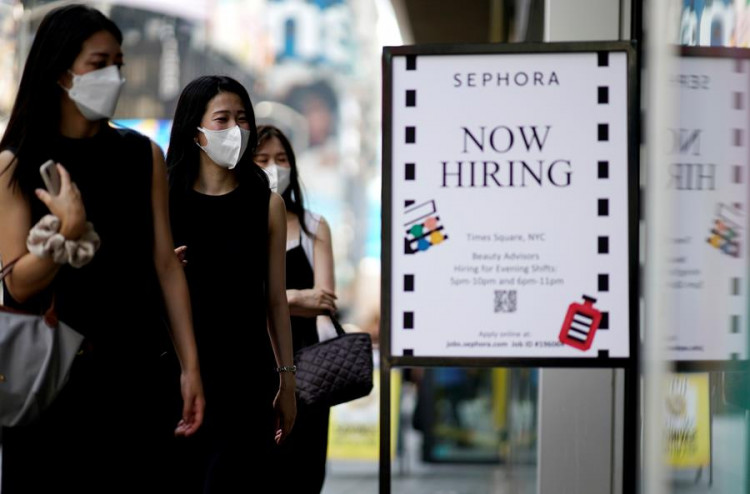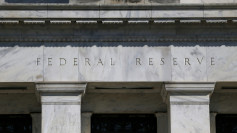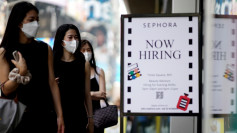The U.S. labor market added 143,000 jobs in January, falling short of economists' expectations, while the unemployment rate edged down to 4%, according to data released Friday by the Bureau of Labor Statistics. The report, which included routine annual data adjustments, signaled a slowdown in hiring as businesses recalibrate workforce needs amid evolving economic conditions.
Economists surveyed by Dow Jones had forecast 169,000 new jobs for January, following an upwardly revised surge of 307,000 in December. The broader revisions revealed that job gains for 2023 and early 2024 were 589,000 lower than previously reported, adjusting the average monthly hiring pace for 2024 down to 166,000 from 186,000.
Despite slower hiring, wage growth remained strong, with average hourly earnings climbing 4.1% year-over-year. January's gains were partly attributed to minimum wage increases that took effect across 21 states and various municipalities, impacting roughly 9.2 million workers and adding $5.7 billion in total wages, according to estimates from the Economic Policy Institute.
"Wage growth continues to outpace inflation, which is encouraging for workers," said Mark Hamrick, senior economist at Bankrate. "The job market remains resilient, though affordability challenges persist for many households."
The report cast doubt on the possibility of an interest rate cut by the Federal Reserve in March, as labor market strength and steady wage pressures suggest inflation risks remain. "Today's jobs report has likely taken a March rate cut off the table," said Seema Shah, chief global strategist at Principal Asset Management. "Aside from a slightly disappointing headline payroll number, the broader picture still reflects labor market resilience."
Stock markets showed little reaction to the data, with investors digesting the implications for Fed policy and the broader economic trajectory. While job gains slowed, hiring in certain sectors remained robust. The health care and social assistance sector led with 66,000 new jobs, followed by retail, which added 34,300 positions. Government employment also grew by 32,000.
However, economists noted that hiring trends suggest businesses are becoming increasingly cautious. "That leaves us in a situation where things can essentially flip quite quickly, because you've already got companies hiring as if they're in a recession - even if they're not laying people off," said Oliver Allen, senior U.S. economist at Pantheon Macroeconomics.
The report also came as President Donald Trump's administration moved forward with major policy shifts on trade and immigration, which could have implications for employment trends in the coming months. His recently announced tariffs and proposed changes to federal hiring policies have raised questions about labor market stability.
"Hiring intentions have gone up across the board, but at the same time, companies are navigating uncertainty tied to trade policies," said Eric Wallerstein, chief market strategist at Yardeni Research. Some analysts warned that increased trade restrictions could dampen economic growth, with a report from EY's Gregory Daco predicting a potential 1.5% contraction in GDP and a 0.4 percentage point increase in inflation due to rising trade policy uncertainty.






